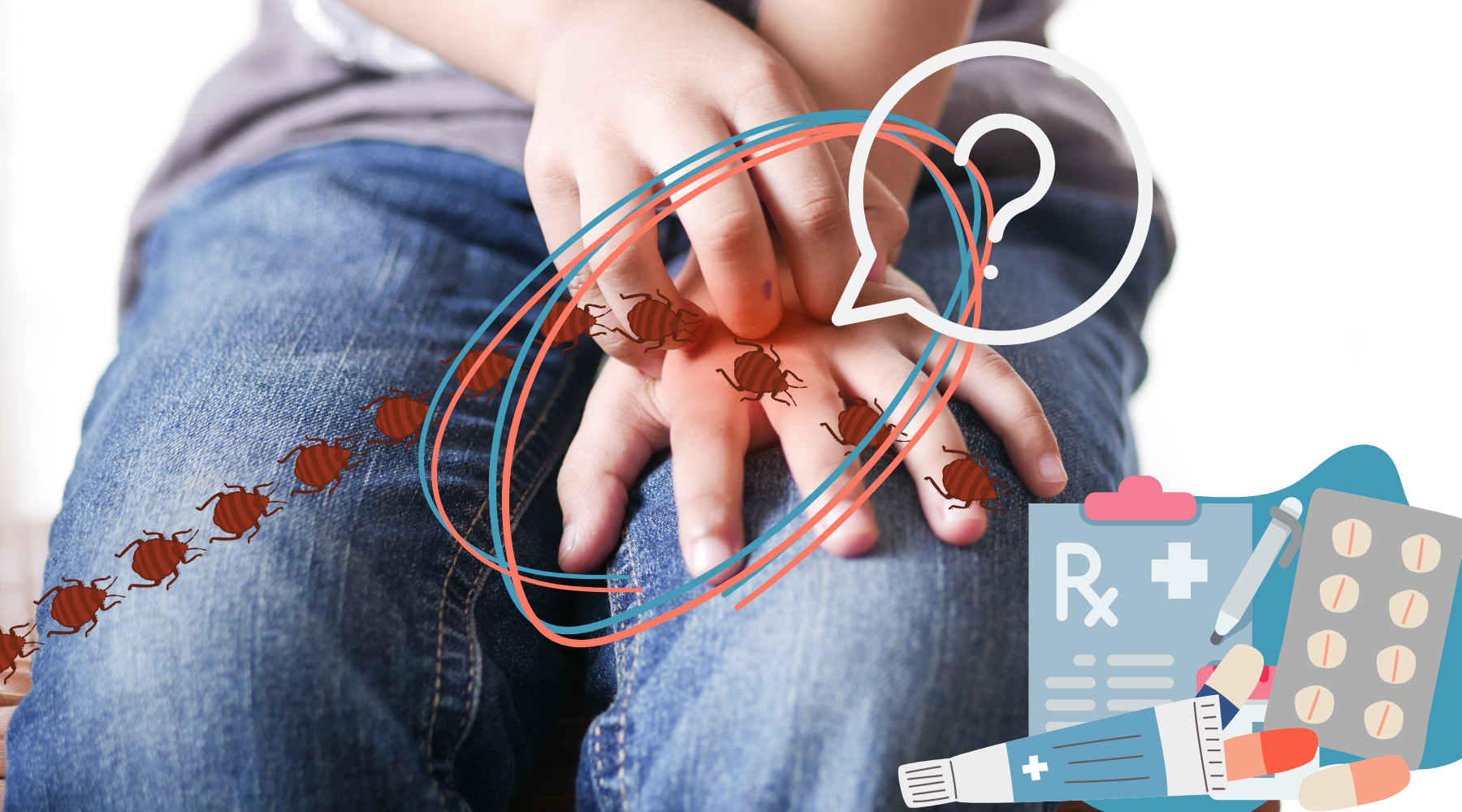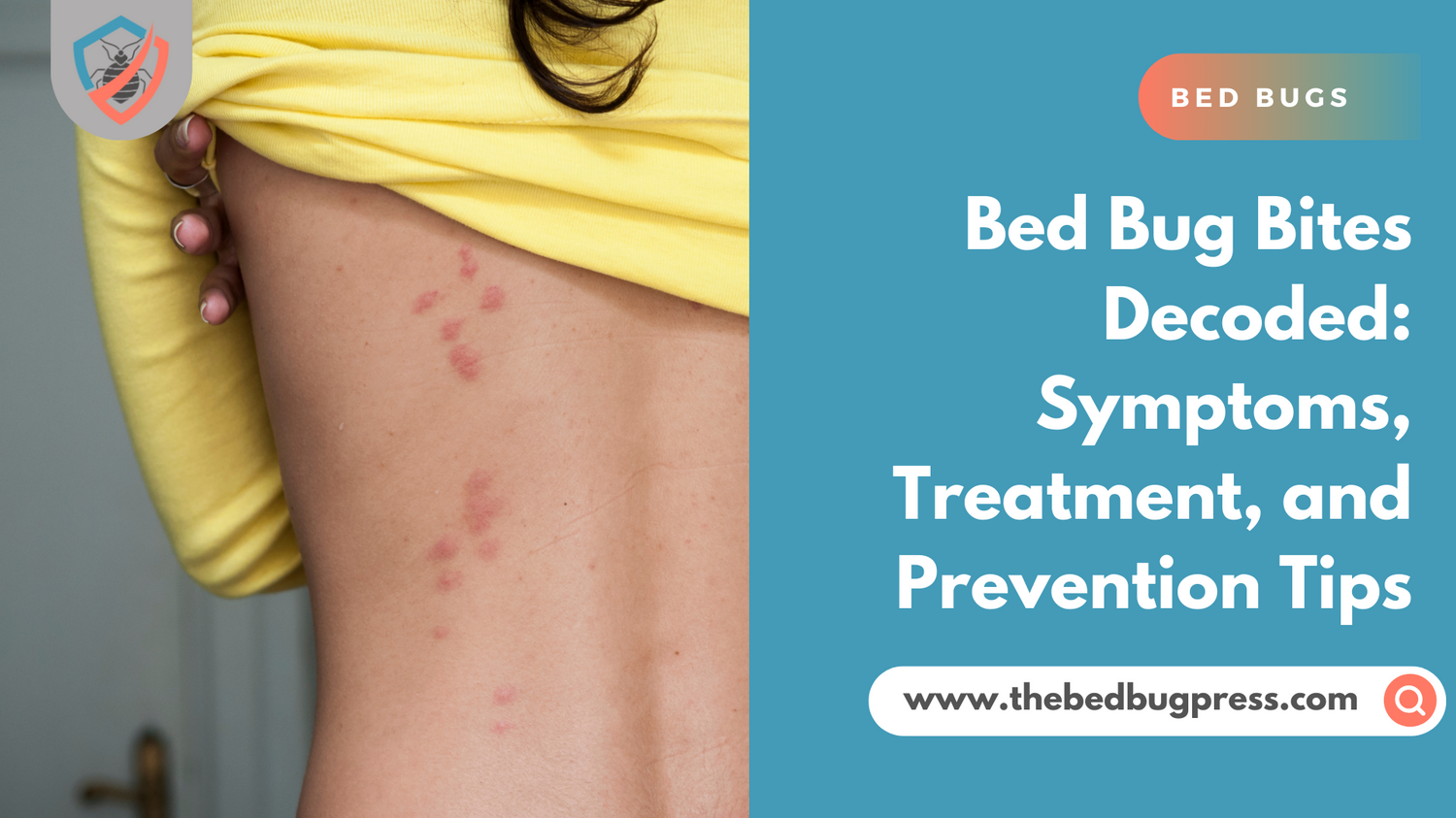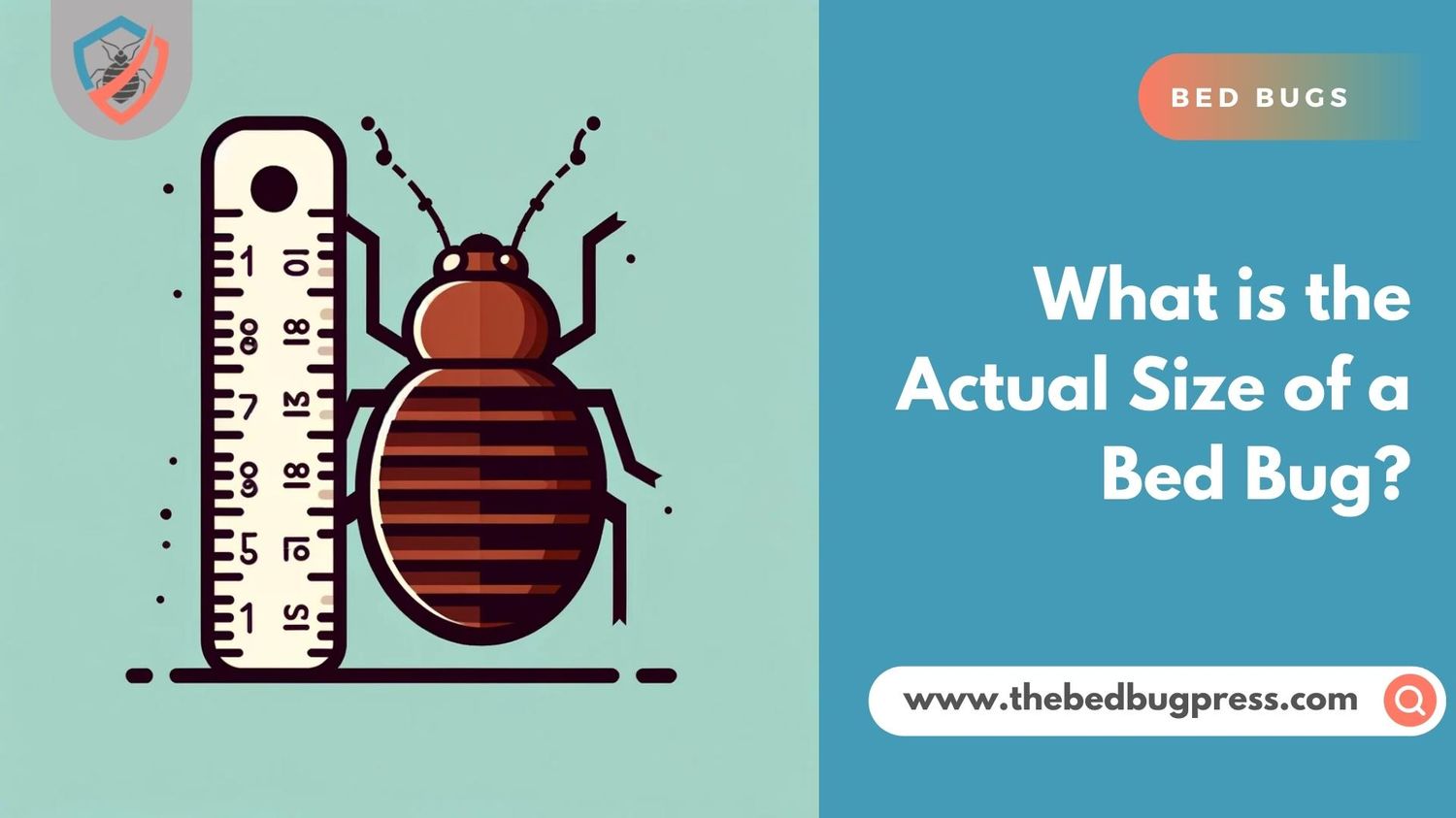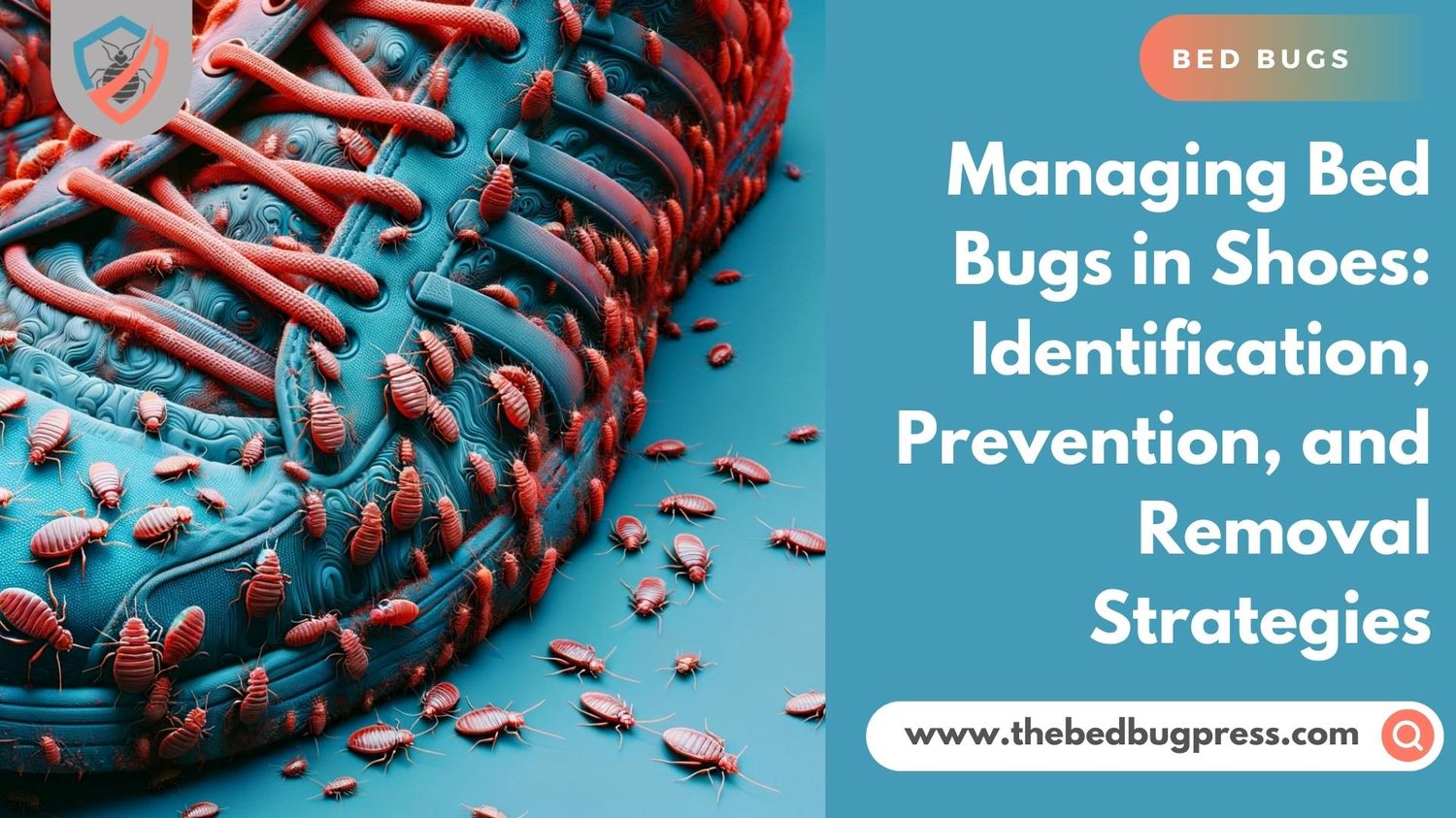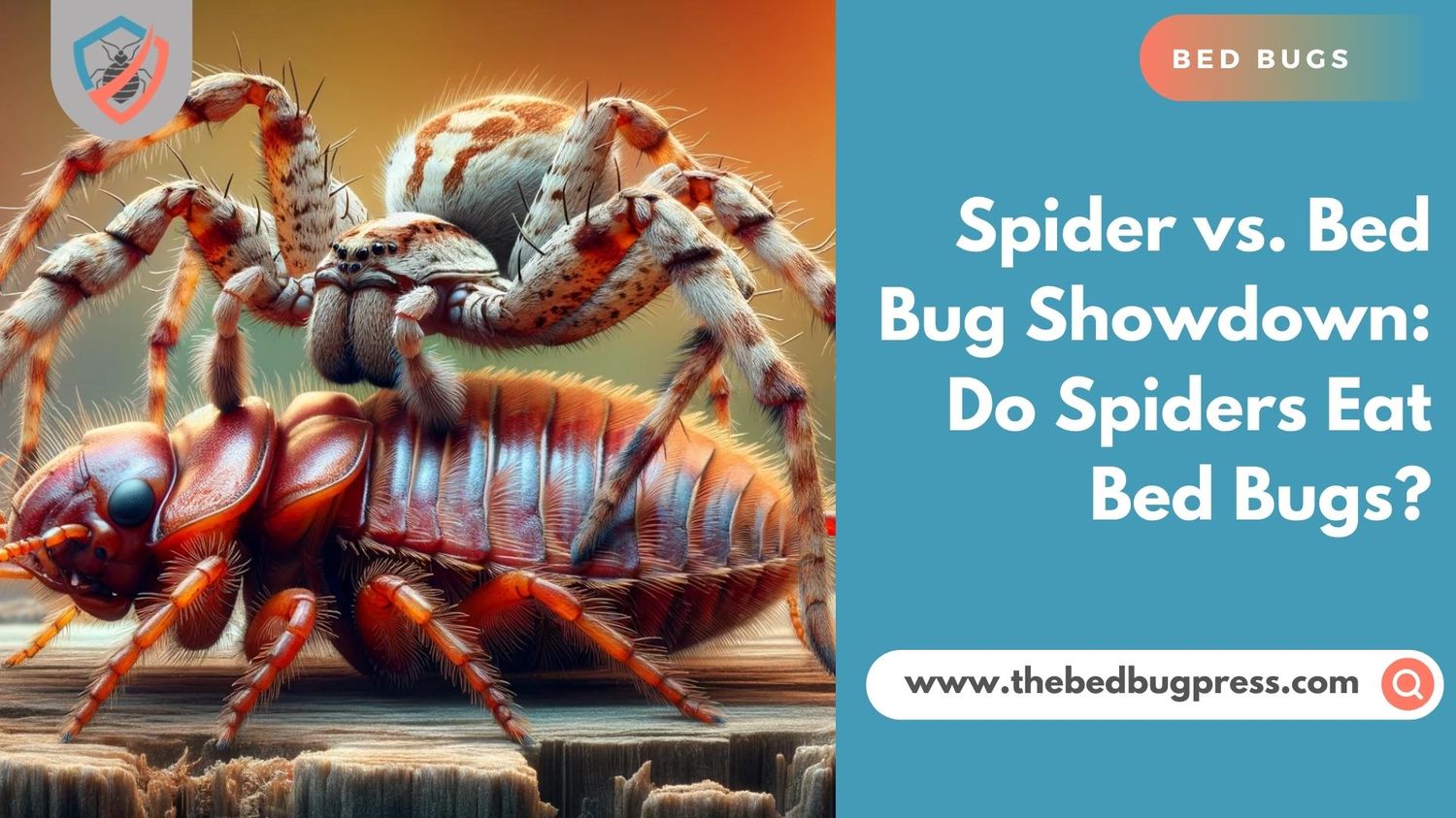Bed bug infestations can quickly turn our sanctuaries of rest into nightmare-filled realms of discomfort. These elusive pests are notorious for their stealthy nature, leaving behind irritating reminders of their presence – the dreaded bed bug bite marks.
If you’ve found yourself waking up with itchy, red welts on your skin, you’re likely eager to find a way to bid farewell to bed bugs and alleviate the discomfort they bring. Fear not, for this guide is here to equip you with effective strategies to get rid of bed bug bite marks and restore peace to your sleep.
You’ll get to know how to examine the signs, symptoms, and characteristics that distinguish them from other insect bites. Understanding the nature of these marks will empower you to identify them accurately and take appropriate action.
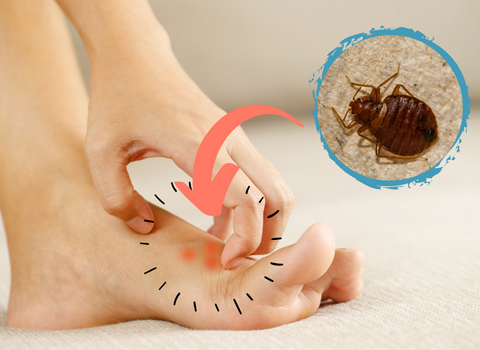
How Do You Get Rid of Bed Bugs Bites on Skin?
Discovering bed bug bites on your skin can be an alarming and distressing experience. Bed bugs have a knack for invading sleeping quarters, leaving behind itchy, red marks as evidence of their presence.
Below are various methods to help you get rid of bedbug bites on your skin:
Cleanse the Affected Area:
Start by washing the bitten area with mild soap and water to cleanse the skin and reduce the risk of infection. Gently pat the area with bed bug bite dry with a clean towel.
Calming Cold Compress:
Applying a cold compress or ice pack wrapped in a cloth to the bites can help alleviate itching and reduce inflammation. This temporary relief can provide immediate comfort.
Over-the-Counter Creams and Lotions:
Antihistamine creams, hydrocortisone creams, or calamine lotions can be applied topically to reduce itching and inflammation of the bed bug bite. Follow the instructions provided and consult a pharmacist if needed.
By following the strategies above, you can take decisive steps towards getting rid of bed bug bites on your skin and preventing future infestations.
How Do I Get Rid of Bed Bugs Bite Naturally?
Aside from doctor-prescribed medicines, you can also use home remedies to relieve the discomfort associated with bed bug bites:
Aloe Vera Gel:
The soothing properties of aloe vera can help relieve itching and promote skin healing. Apply fresh aloe vera gel directly to the bed bug bites for natural relief.
Baking Soda Paste:
Make a paste by mixing water and baking soda. Apply the paste to the bites, let it dry, and then rinse off. Baking soda can help reduce itchiness and inflammation.
Tea Tree Oil:
Dilute tea tree oil with carrier oil and apply it to the bites. Tea tree oil has antimicrobial and anti-inflammatory properties that can help soothe the skin and prevent infection.
With these solutions, you can temporarily alleviate the discomfort and other symptoms of bed bug bites.
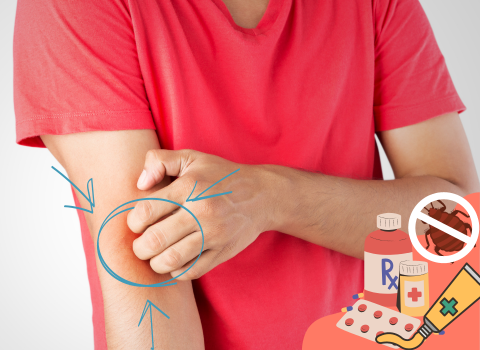
How to Get Rid of Bed Bugs Marks?
Bed bug marks typically appear as red, itchy welts on the skin. They can be found in clusters or a linear pattern, commonly appearing on exposed areas such as the face, neck, arms, and legs. Recognizing the distinguishing features of bed bug marks is essential for accurate identification and targeted treatment.
Moisturize Regularly:
Keeping the affected skin well-hydrated with a gentle, fragrance-free moisturizer can help reduce the appearance of scars and hyperpigmentation. Choose products containing ingredients like shea butter or vitamin E.
Silicone Gel Sheets:
Silicone gel sheets, available at pharmacies, can be applied to bed bug marks to flatten and fade scars. Follow the instructions provided and use them consistently for optimal results.
Natural Remedies:
Some natural remedies, such as lemon juice or honey, may help lighten the appearance of scars and hyperpigmentation. However, exercise caution and perform a patch test before applying these substances to ensure compatibility with your skin.
Seeking Professional Help
Dermatologist Consultation:
If the bed bug marks persist or cause significant discomfort, consider seeking professional advice from a dermatologist. They can assess the severity of the marks and recommend appropriate treatments, such as corticosteroid creams or laser therapy.
Camouflage Techniques:
In cases where the marks are particularly noticeable, makeup or concealer can be used to minimize their appearance temporarily. Choose non-comedogenic products to avoid clogging pores and exacerbating skin issues.
By employing the methods outlined above, you can take proactive steps toward eliminating bed bug marks and promoting skin restoration.
Spots Where Bed Bugs Bite
When it comes to bed bug bites, bed bugs tend to target areas of exposed skin while you sleep. Here are some common spots where bed bugs are known to bite:
Face and Neck:
Bed bugs bite the face, particularly around the mouth, cheeks, and eyelids. They may also target the neck area.
Arms and Hands:
The upper arms, forearms, and hands are common targets for bed bug bites. Bites can appear in clusters or a linear pattern.
Shoulders and Back:
Bed bugs may bite the shoulders and back, especially if you sleep with your back exposed.
Legs and Feet:
The lower legs, ankles, and feet are also frequent targets for bed bug bites. Bites on the legs can appear in a linear pattern or as clusters.
Some individuals may develop noticeable welts or red marks, while others may have minimal or no reaction at all. Additionally, bed bugs can bite any area of exposed skin, so their targets may vary depending on sleeping positions and clothing coverage.
Common Symptoms of Bed Bug Bites
Bed bug bites can cause a range of symptoms that vary from person to person. While some individuals may experience noticeable reactions, others may have minimal or no symptoms at all. Here are some common symptoms associated with bed bug bites:
Itchy Skin:
Bed bug bites typically cause itchiness, which can range from mild to intense. The itching sensation is often one of the primary indicators of a bed bug bite.
Redness and Swelling:
Bed bug bites often result in localized redness and swelling around the bitten area. The skin may appear inflamed and slightly raised.
Welts or Bumps:
Bites from bed bugs can lead to the formation of small, raised welts or bumps on the skin. These marks may be red or pink and can be clustered together or arranged in a line or zigzag pattern.
Rash-Like Appearance:
In some cases, multiple bed bug bites nearby can create a rash-like appearance on the skin. This can be particularly noticeable when bites occur in clusters or if a person has a strong reaction to the bites.
Secondary Infections:
Although rare, scratching the bed bug bites excessively can break the skin and increase the risk of secondary infections. If the bitten area becomes warm, and tender, or starts oozing pus, it may indicate an infection and should be evaluated by a healthcare professional.
Take note that the appearance and severity of bed bug bite symptoms can vary among individuals. Additionally, some people may not react at all to bed bug bites, making it challenging to identify a bed bug infestation solely based on bite marks.
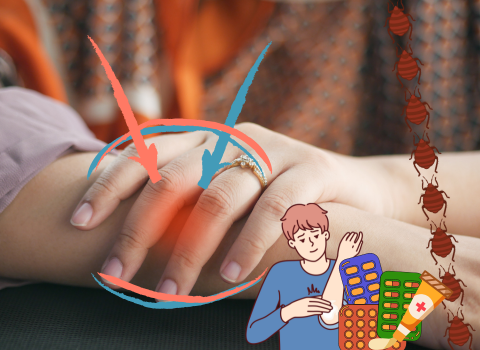
Do Bed Bug Bites Leave Scars?
Bed bug bites themselves do not typically leave permanent scars. However, in some cases, excessive scratching or an individual’s skin sensitivity can lead to secondary skin damage that may result in temporary marks or discoloration. These marks can resemble scars but are not true scars in the traditional sense.
When bed bug bites are scratched intensely or repeatedly, the skin can become irritated, inflamed, and even break open. This can create open wounds that are prone to infection and may take longer to heal. As the skin heals, it can leave behind temporary discoloration, dark spots, or hyperpigmentation. These marks can take several weeks or even months to fade completely.
Make sure that you avoid scratching bed bug bites to prevent further skin damage and minimize the risk of infection. If you experience intense itching, over-the-counter anti-itch creams or antihistamines can provide relief. Applying soothing lotions or creams, such as those containing aloe vera or chamomile, can also help reduce inflammation and promote healing.
How to Treat Bed Bug Bites Scars?
Treating bed bug bites scars can be challenging, as individual results may vary. However, there are several approaches you can try to help treat bed bug bites and reduce the appearance of scars caused by bed bug bites. Here are some options to consider:
Moisturize:
Keeping the affected skin well-moisturized can help improve its appearance over time. Apply a gentle, fragrance-free moisturizer to the scars regularly. Look for products containing ingredients like shea butter, cocoa butter, or vitamin E, which are known to promote skin healing and reduce the visibility of scars.
Topical Scar Remedies:
Certain topical treatments designed to reduce the appearance of scars may be helpful for bed bug bite scars as well. Look for over-the-counter scar gels or creams that contain ingredients like silicone, onion extract, or vitamin C. Follow the instructions provided and be patient, as it may take several weeks or months to see noticeable improvement.
Exfoliation:
Gently exfoliating the scarred area can help remove dead skin cells and encourage new cell turnover. However, be cautious not to irritate or further damage the skin. Use a mild exfoliating scrub or a soft washcloth and perform gentle circular motions. Limit exfoliation to once or twice a week.
Professional Treatments:
If the scars are persistent or significantly impact your self-confidence, consider consulting with a dermatologist or a skincare specialist. They can provide personalized recommendations and treatments, such as chemical peels, microdermabrasion, or laser therapy, to target the scars effectively.
Sun Protection:
Protecting the scarred area from sun exposure is essential, as UV radiation can darken and worsen the appearance of scars. Apply a broad-spectrum sunscreen with a high SPF to the affected skin whenever you are exposed to the sun.
It’s important to note that scar treatment takes time and results may vary. Be patient and consistent with your chosen treatment methods.
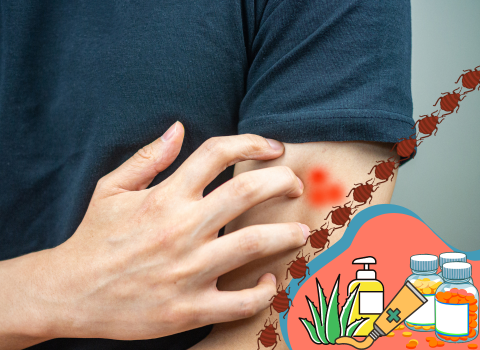
How to Get Rid of Bed Bug Bites Overnight
When seeking immediate relief from bed bug bites overnight, it’s important to note that complete healing may not occur overnight, but you can take steps to alleviate discomfort and reduce itching. Here are some suggestions for immediate relief:
Wash the Bites:
Cleanse the affected area with mild soap and water to remove any potential irritants and reduce the risk of infection. Gently pat the skin dry with a clean towel.
Apply a Cold Compress:
Use a cold compress or ice pack wrapped in a cloth and apply it to the bites for 10 to 15 minutes. The cold temperature can help reduce swelling, inflammation, and itching.
Use Over-the-Counter Creams or Lotions:
Apply calamine lotion or hydrocortisone cream you can buy over the counter. These products contain ingredients that can provide temporary relief from itching and help reduce inflammation. Follow the instructions on the packaging for application guidelines.
Take Oral Antihistamines:
If the itching is severe and is interfering with sleep, consider taking an oral antihistamine before bed. Antihistamines can help alleviate itching and promote better rest. However, consult with a healthcare professional or pharmacist to ensure it is suitable for you and to determine the appropriate dosage.
Avoid Scratching:
Resist the urge to scratch the bites, as it can worsen the itching and potentially lead to skin irritation or infection. If necessary, cover the affected area with a clean bandage or wear loose-fitting clothing to prevent direct contact and minimize the temptation to scratch.
Keep the Environment Cool:
Ensure that your sleeping area is cool and well-ventilated, as heat can exacerbate itching and discomfort. Use a fan or adjust the temperature to create a comfortable sleeping environment.
Remember that these measures provide temporary relief and may not eliminate the bites or the underlying bed bug infestation. To address the infestation, it is crucial to seek professional pest control assistance to eradicate bed bugs effectively and prevent further bites.
If you experience a severe allergic reaction, extensive swelling, signs of infection, or the condition worsens, seek medical attention promptly. A healthcare professional can provide appropriate guidance and treatment based on your specific situation.

